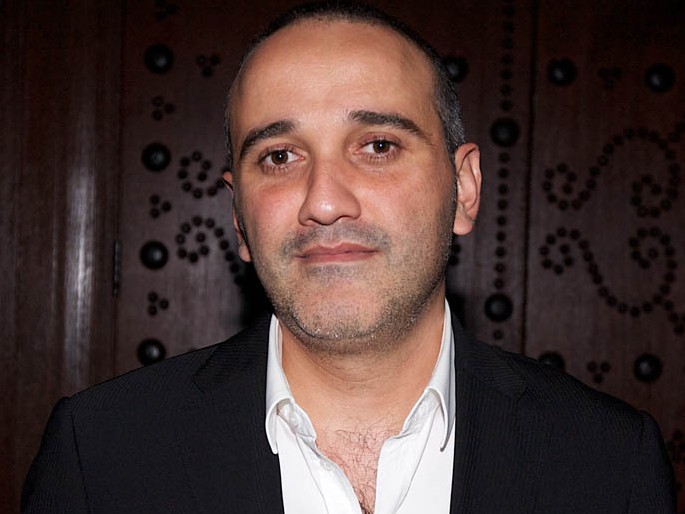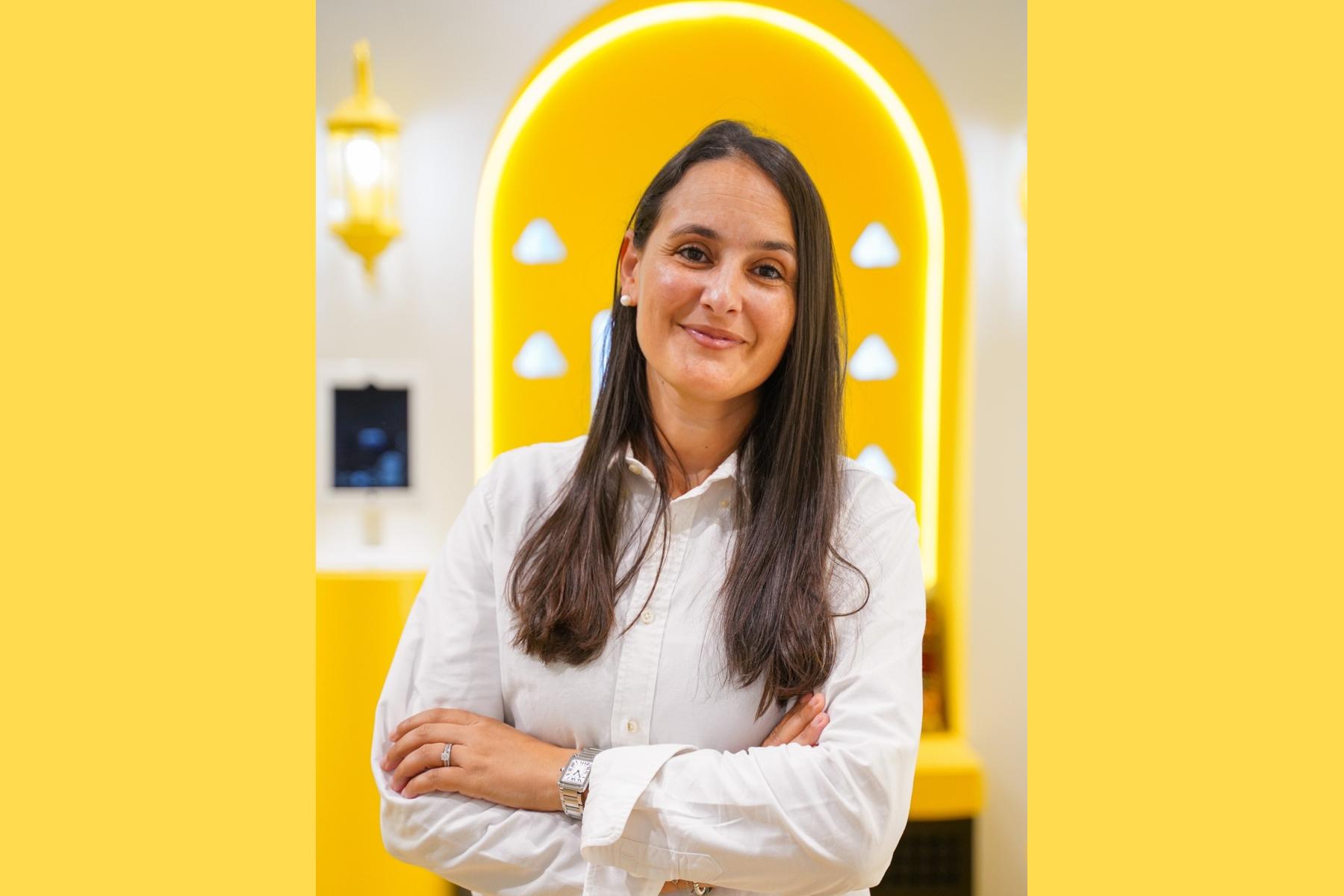Industry Talk - POV
The Future Favours the Bold
by Alex Saber, SMG/ ViVAKi
November 10, 2015
.jpg) Advertisement
Advertisement‘It is easy to get lost in the deluge of doomsday setups for the ‘traditional agency model’ unfolding on the pages of trade titles and click-bait headlines – with alternate endings in favour of one player or the other, depending on the side making the case.
For the most part, cynics and skeptics have been sounding off the alarm on the end of the advertising industry as we know it. And to some limited extent, they are right.
It is a change that had slowly slipped through the cracks left by major industry conglomerates in the early 2000s; a consortium of boutique agencies powered by digital know-how, low overheads and limited bureaucracy heralded a new era that challenged big structures and big business for the big guys.
For a couple of years, industry commentators relished on a fierce face off between challengers hot shops and big agencies. They talked of siloed inflexible structure governing big players and a radical change brought about by the smaller ones.
When big agencies grappled with the change, building up in-house digital capabilities and technologies and acquiring a slew of agile small businesses under their wing, that conversation fizzled out.
Entered a new era led by real-time marketing, ad tech, automation and big data that raised worrying questions on the future of traditional advertising agencies and put media agencies at the forefront of change.
Followed a tug of war between ad agencies and media agencies over brand custodianship and ownership; partly as a defense mechanism against tech power players and empowered consumers that have sparked new debates around the disintermediation of the industry.
The list of sensationalist media topics aiming at the very heart of the agency business goes on: the abuse of specialisation and a highly fragmented marketplace that thinks vertically when it should move horizontally; an Uber-like project-based model going beyond the conventional “agency of record”; restructuring efforts across major client conglomerates that are cutting out the middlemen.
Within the span of only a decade, our industry has moved from one disruptive conversation to the other with, often, little foresight on why and how it can survive. And while overstated statements and headlines bear hard-hitting truths, they can be extremely counterproductive if not met with agility, bravery and action. As complicated as many would have it sound, it is as simple as that.
We’d come to this realisation in our early days. SMG was always a "Human Experience" company, consciously and consistently defined by a purpose-driven culture that moves at the pace of people, rather than of industry conversations and headlines.
In today’s era of velocity marketing, we are constantly pivoting and evolving our purpose; nowhere is this reality more evident than in our own objectives.
In 2010, we set out to become a network with 50% of our business sourced from digital, content and data/analytics. Today, this purpose has evolved to sourcing 50% of our business from addressable media and content.
Such is the truth that is governing our industry today; for any player to survive– and regardless of which side they are on – it must push its purpose beyond the boundaries of the industry, rather than within it.
Because that is where change is starting; empowered consumers are emerging as the new media, tech startups are disrupting old business models and the likes of Uber are stretching the knowledge- sharing economy to new heights.
In the face of this reality, we must seek collaboration, rather than competition, with new power players to ignite a wealth of business opportunities; a strategy that has materialised globally for us in a record of power partnerships with Facebook, Tencent in China, Acxiom, Twitter and comScore.
Today, it has gone even further with the acquisition of agile contextual content player Relevant24 and mobile- focused programmatic platform RUN.
Instead of antagonising players that have filled market gaps once ignored, sometimes carelessly, by our industry, we must embrace them in an inclusive ecosystem that transforms not only what we do, but what our clients do as well. Uber is a prime example of a company that has spotted opportunity in inefficiencies of outdated systems and processes.
At that, it had spearheaded a new business and revenue model for agencies; in the new age, we must be co-creators in our clients’ products and services.
But in order to transform our and our clients’ industry, we must innovate from within our own organisations first.
It is on this premise that SMG’s extechTM was born, funding and developing new solutions, products and services powered by data, partnerships and technology.
Clients are asking more from us and they expect us to remain a leader in a dynamic world that contains a new set of competitors, new service models and emerging technologies.
In this sense, extechTM has enabled us to move away from a traditional compensation model and into the larger marketplace, product-priced competition. It has taken on a life of its own with a slew of proprietary products: Content@Scale, a product suite that automates the content process and allows brands to quickly identify, source, publish and scale content across a media buy; LOCALx, a cloud-based OOH media planning and buying platform; and most recently, MUSIC@SCALE, a portfolio, launched with Spotify and Vevo, consisting of unique products and music partnerships that will bring exclusive data, content and editorial access for our clients.
These are merely a few examples of ways we are evolving our product and service development across verticals and horizontals.
Now that we have moved from designing experiences to architecting them, we must not only understand the inner workings of the relationship between digital, data and content, but, also, create and redefine them.
The future of the industry is centered on the convergence of connections, content and adtech; a fusion of arts and sciences that should, at all times, move at the pace of people across borders. It is powered by product innovation and development, strategic partnerships and a constant reshuffling of agency and client business models.
This might be too measured of a statement for hyperbolic headline-makers, but it will certainly get us closer to, if not owning, being part of the future.‘



.jpg)








